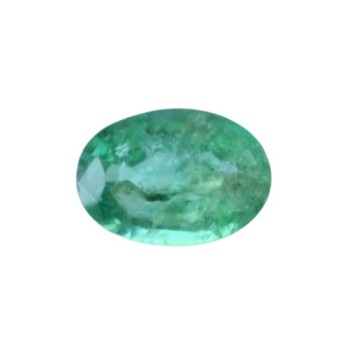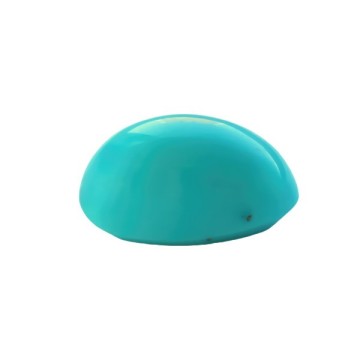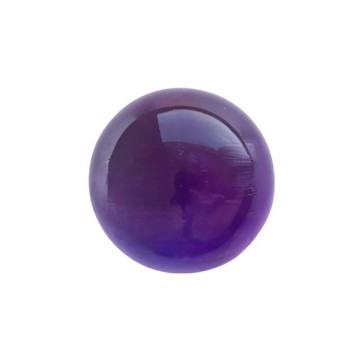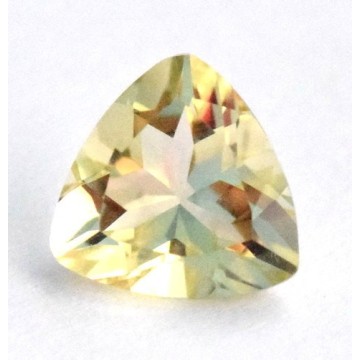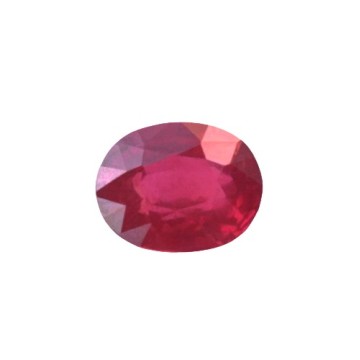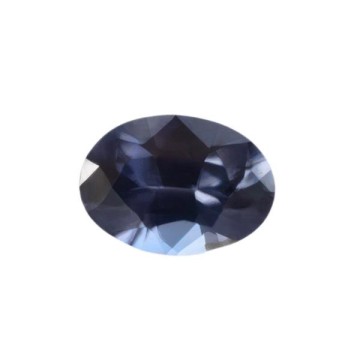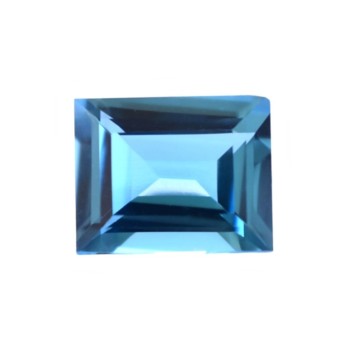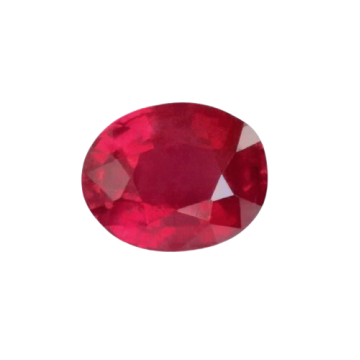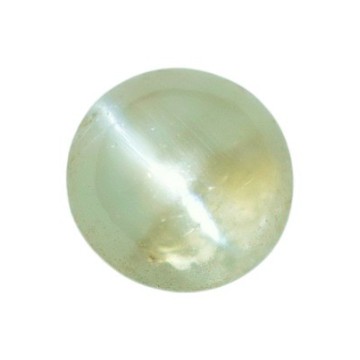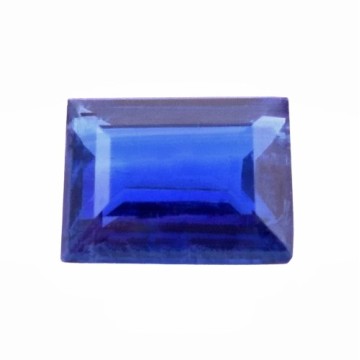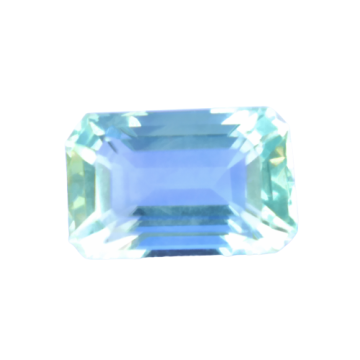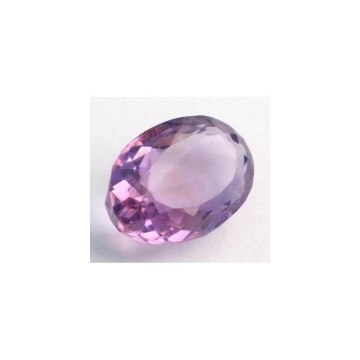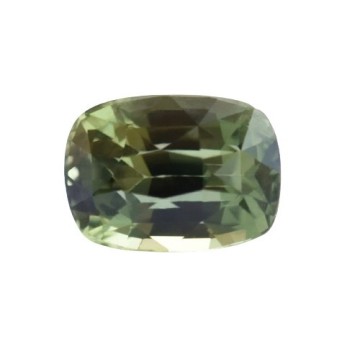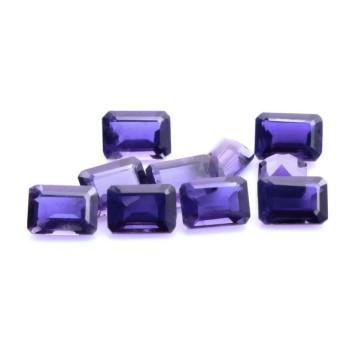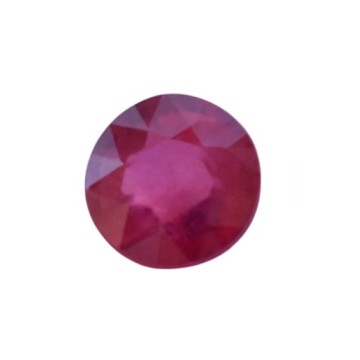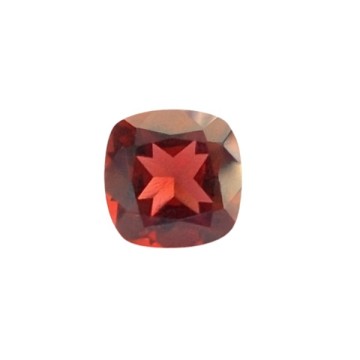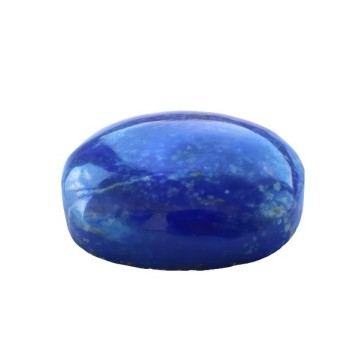EMERALD
Reference: SMR10
Product name: Natural Emerald, Shape: Oval, Color: Green, Stone dimensions mm: 6.90x4.80, Stone clarity: Visible inclusions and fractures, Stone weight carat: 0.60, Treatment: Untreated, Origin: Zambia


Secure Payment


Tracked Shipping


30 days return
Emerald is a gemstone and a variety of the mineral beryl (Be3Al2(SiO3)6) colored green by trace amounts of chromium or sometimes vanadium. Beryl has a hardness of 7.5–8 on the Mohs scale. Most emeralds are highly included, so their toughness (resistance to breakage) is classified as generally poor. Emerald is a cyclosilicate.
The word "emerald" is derived (via Old French: esmeraude and Middle English: emeraude), from Vulgar Latin: esmaralda/esmaraldus, a variant of Latin smaragdus, which was via Ancient Greek: σμάραγδος (smáragdos; "green gem") from a Semitic language. According to Webster's Dictionary the term emerald was first used in the 14th century.
This member of the beryl family ranks among the traditional "big four" gems along with diamonds, rubies and sapphires.
Most emeralds are oiled as part of the post-lapidary process, in order to fill in surface-reaching cracks so that clarity and stability are improved. Cedar oil, having a similar refractive index, is often used in this widely adopted practice. The use of oil is traditional and largely accepted by the gem trade, although oil-treated emeralds are worth much less than untreated emeralds of similar quality.
Data sheet
- Stone type
- Natural Emerald
- Colour
- Green
- Shape
- Oval
- Stone size mm
- 6.90x4.80
- Weight carat
- 0.60
- Stone Clarity
- Visible inclusions and fractures
- Treatment
- No treatments
- Source
- Zambia
- Additional details
- Asymmetric artisanal cut
- Sale information
- Price by piece
- Supplier
- Gold and Gems
20 other products in the same category:
Viewed products
RED BURGUNDY GARNET
Stone type: Natural Garnet, Shape: Cushion, Color: Red-burgundy, Weight carat: 1.15, Treatment: Untreated, Source: Mozambique, Stone Clarity: Eye clean, Stone size mm: 6.00x6.00, Sale information: Price by piece
AFRICAN AMETHYST
LAPIS LAZULI
Product name: Lapis Lazuli, Shape: Oval cabochon, Color: Blue, Size: 15.50x12.20 mm, Weight: 10.70 carats, Clarity: Opaque, Treatment: Untreated, Origin: Afghanistan



